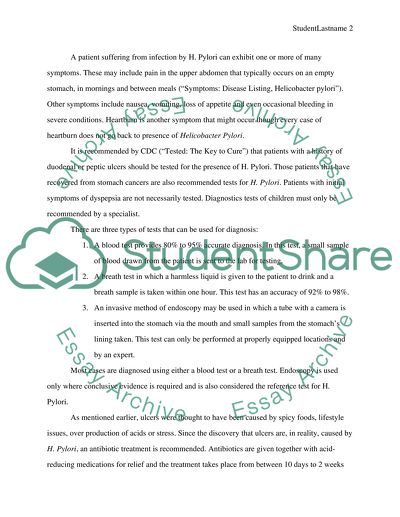Cite this document
(“Ulcers Research Paper Example | Topics and Well Written Essays - 3250 words”, n.d.)
Ulcers Research Paper Example | Topics and Well Written Essays - 3250 words. Retrieved from https://studentshare.org/health-sciences-medicine/1541933-ulcers
Ulcers Research Paper Example | Topics and Well Written Essays - 3250 words. Retrieved from https://studentshare.org/health-sciences-medicine/1541933-ulcers
(Ulcers Research Paper Example | Topics and Well Written Essays - 3250 Words)
Ulcers Research Paper Example | Topics and Well Written Essays - 3250 Words. https://studentshare.org/health-sciences-medicine/1541933-ulcers.
Ulcers Research Paper Example | Topics and Well Written Essays - 3250 Words. https://studentshare.org/health-sciences-medicine/1541933-ulcers.
“Ulcers Research Paper Example | Topics and Well Written Essays - 3250 Words”, n.d. https://studentshare.org/health-sciences-medicine/1541933-ulcers.


